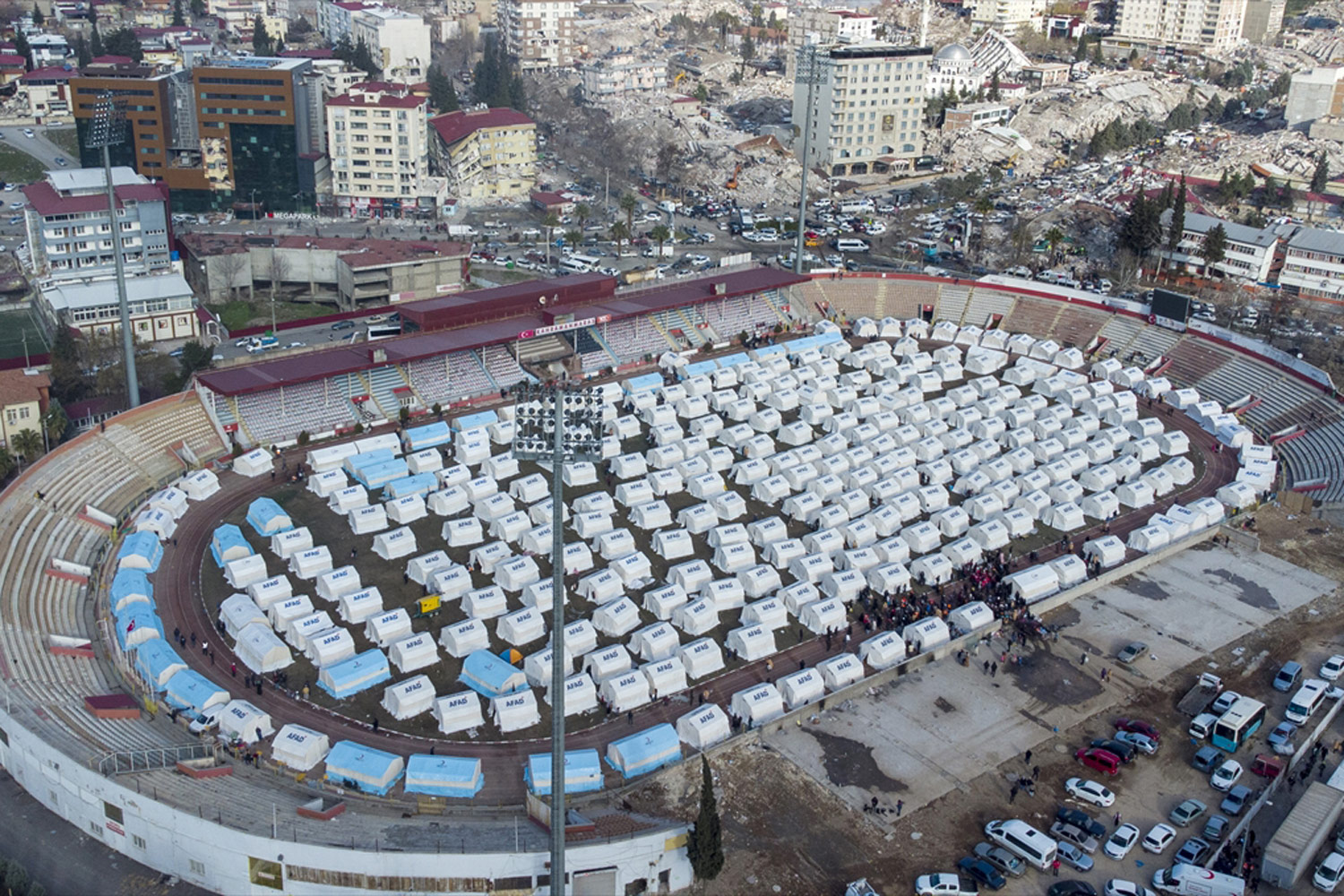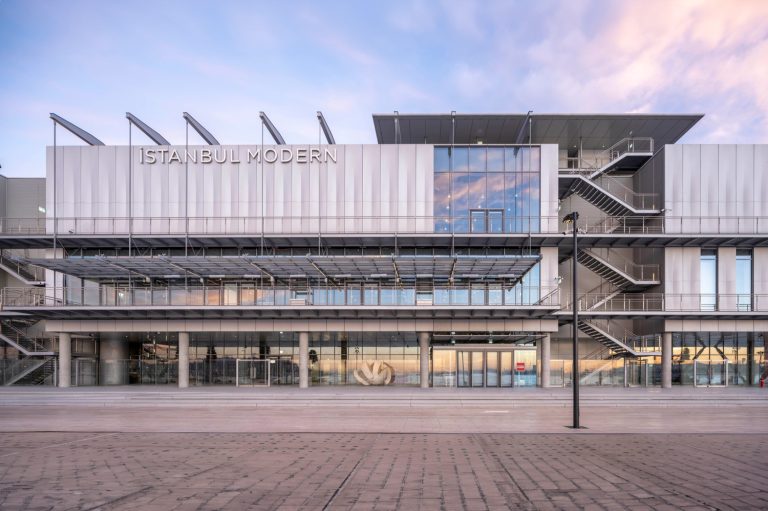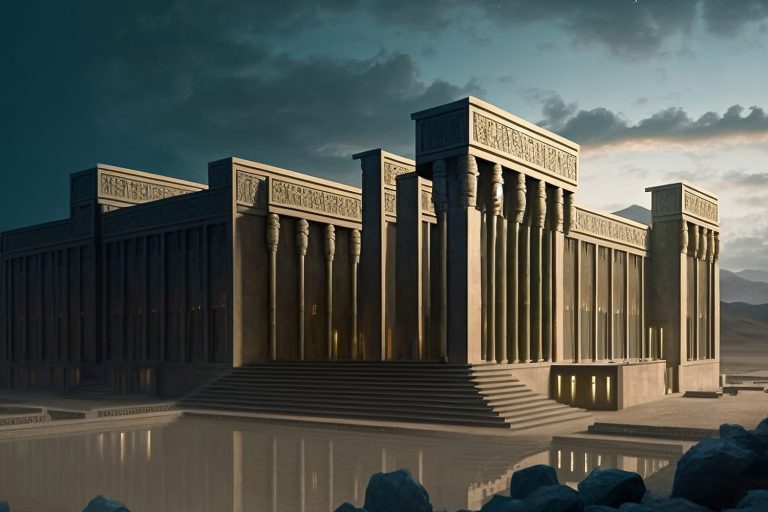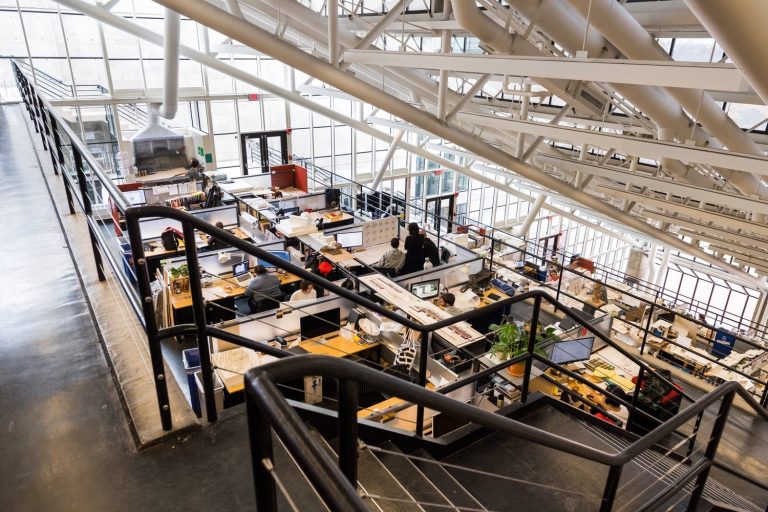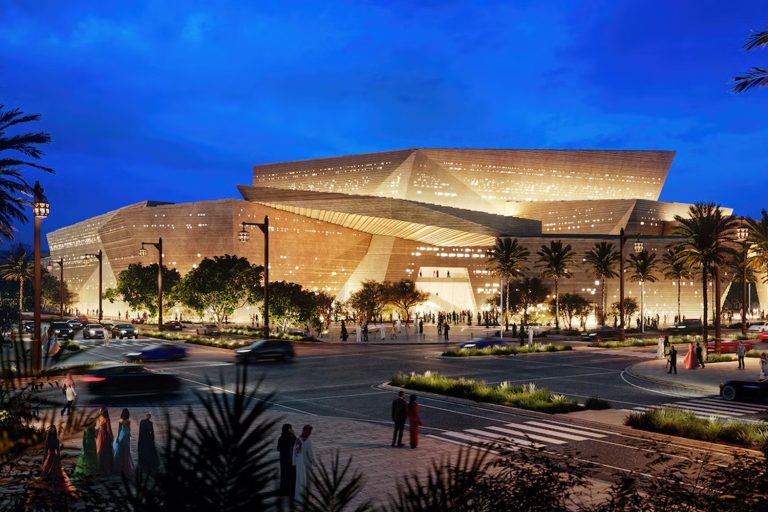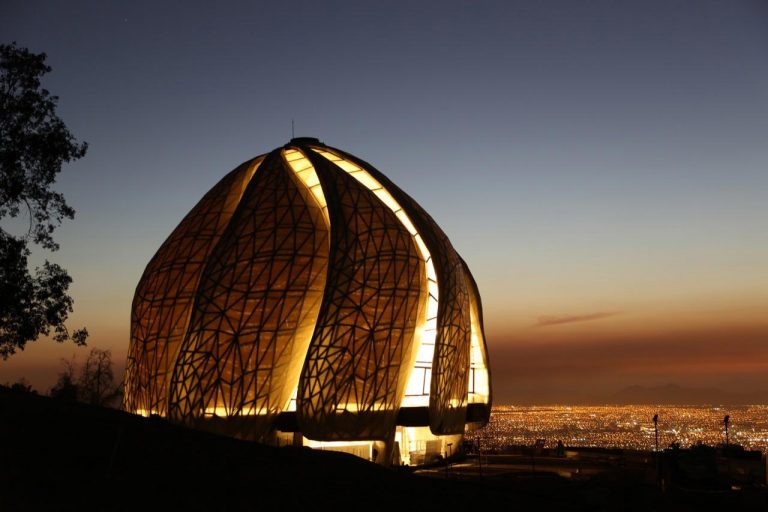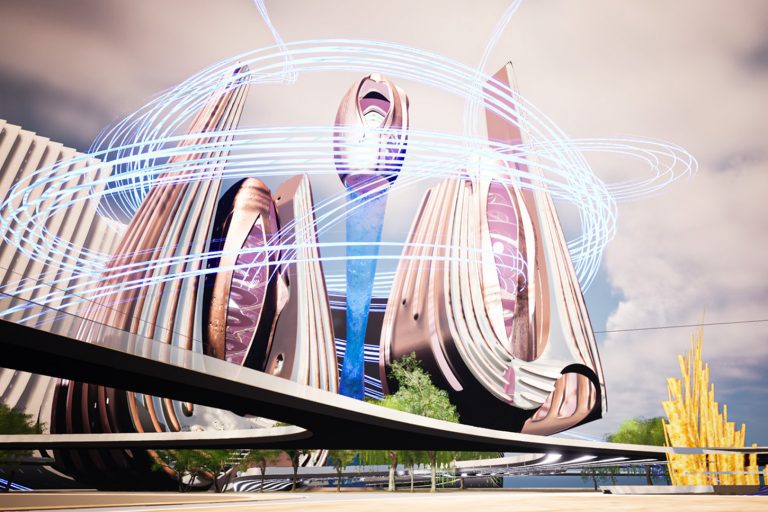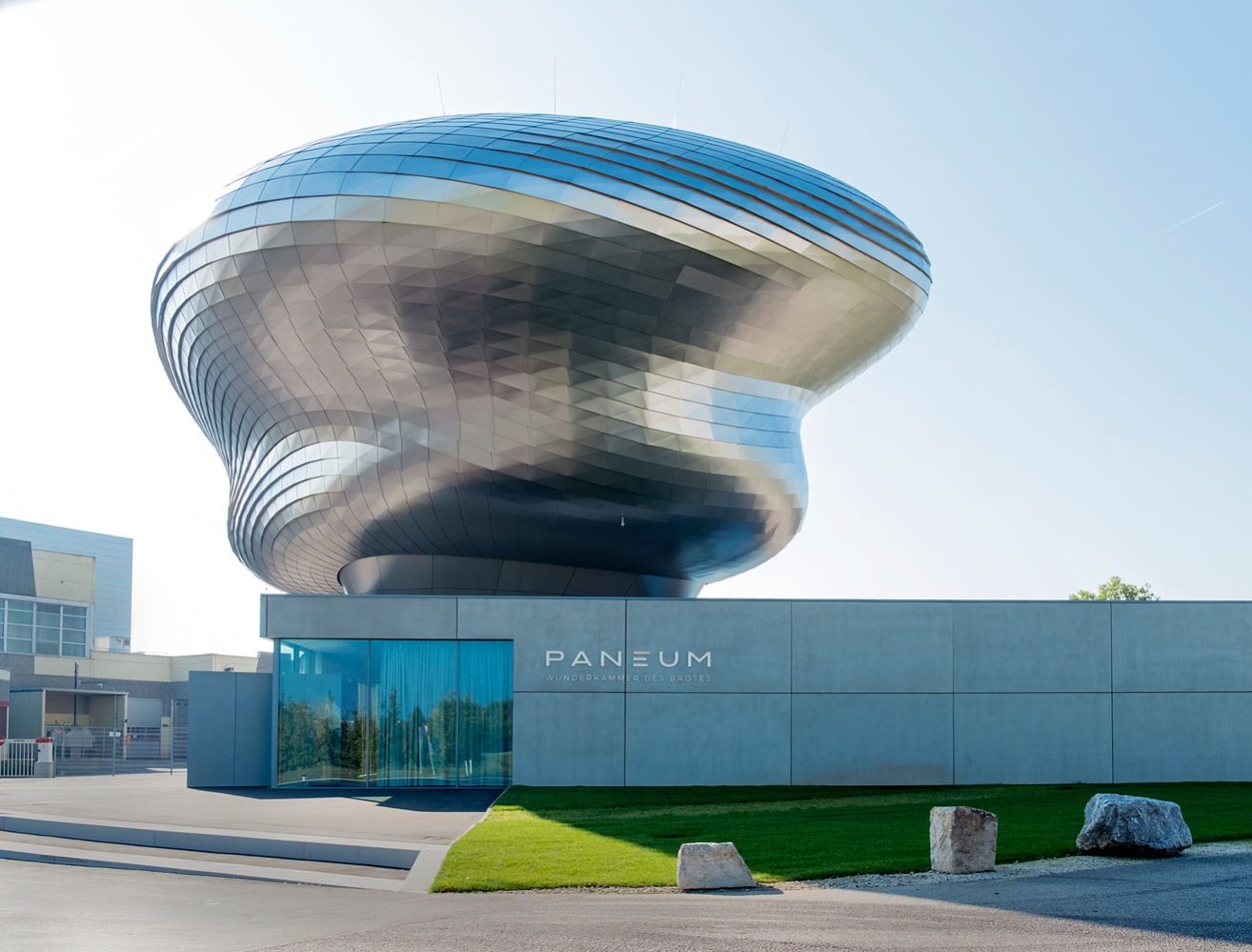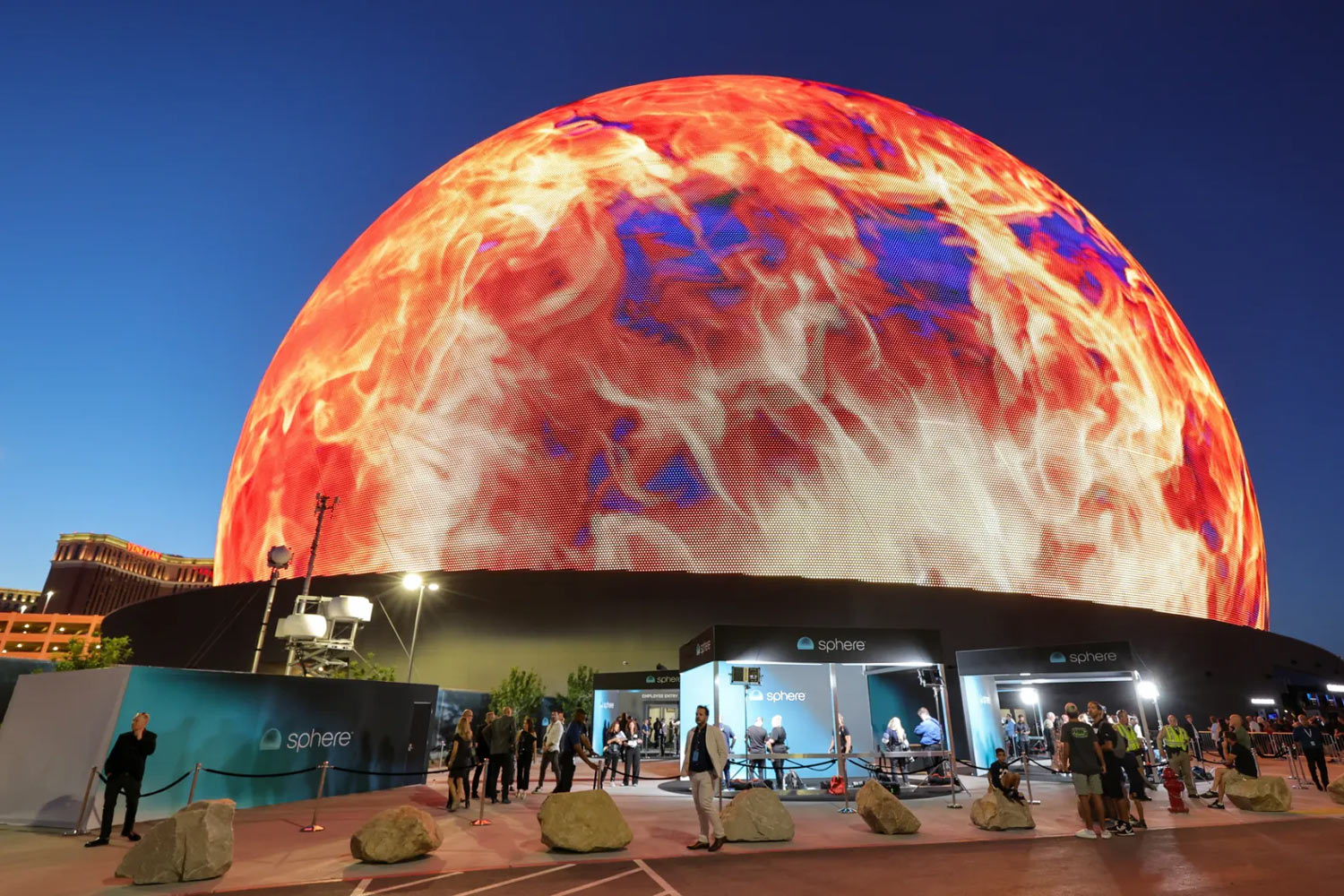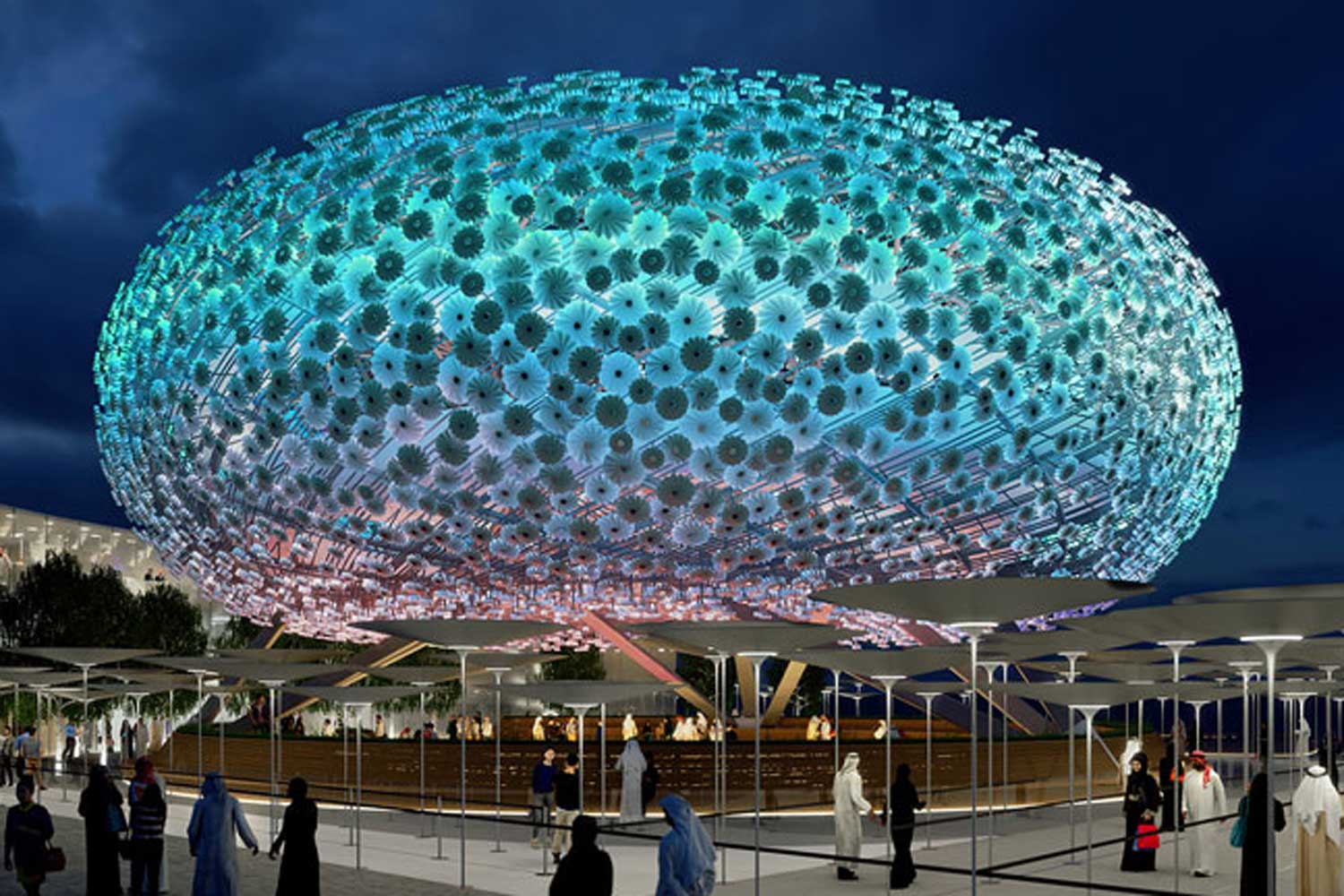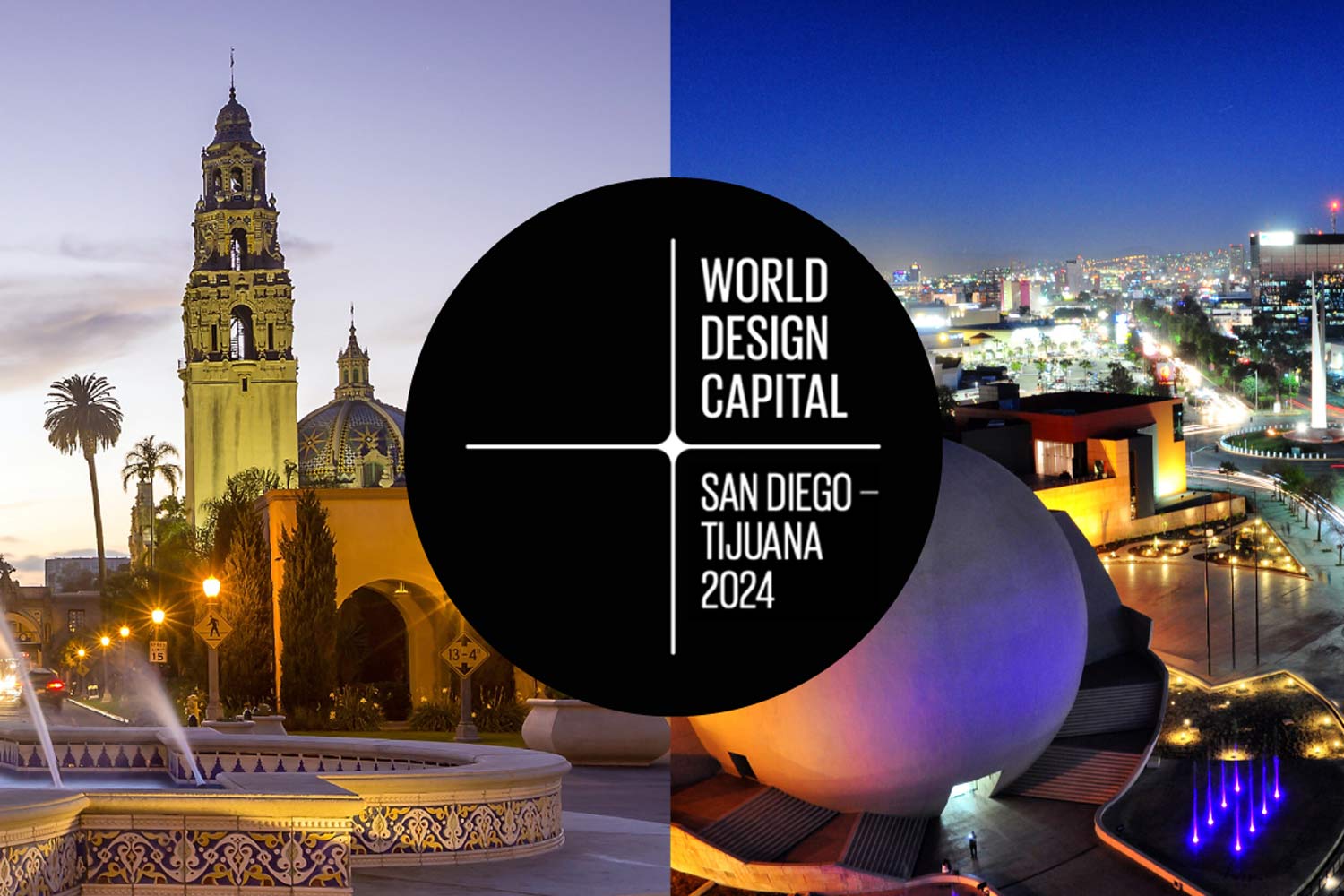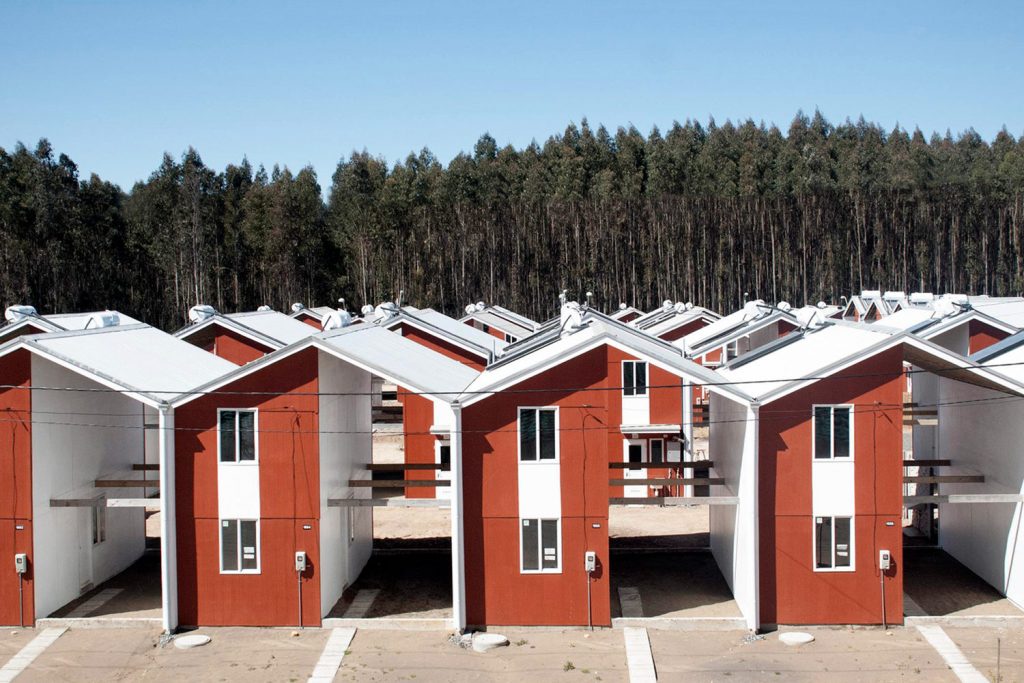
Architecture and urban planning can have a significant impact on post-disaster recovery efforts. As urban thinkers and designers, we play an important role in the design and reconstruction of communities devastated by disasters such as the recent earthquake in Southern Turkey. Architecture and urban planning can help to offer housing for persons who have been displaced communities as a result of a disaster.
One of the most important roles of architecture and urban planning in disaster recovery is to design and build temporary or permanent housing that is safe, comfortable, and resistant to future disasters. Another vital role is the design and restoration of critical infrastructure such as roads, bridges, schools, and hospitals. This may involve building structures that are more resilient to future disasters and can be repaired or restored rapidly if damaged.
Southern Turkey earthquake
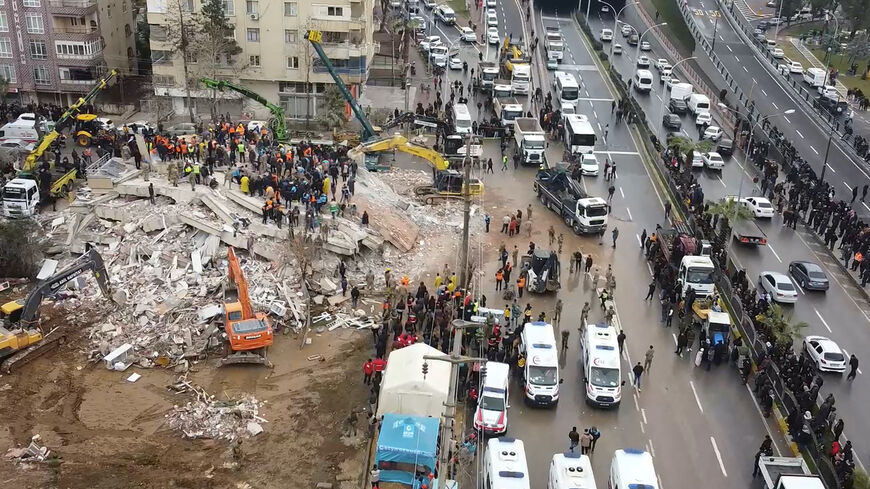
The magnitude 7.8 earthquake that struck Southern Turkey on February 6, 2023, was a significant and devastating event. With hundreds of aftershocks, including a 7.5 magnitude tremor, it was the deadliest earthquake to hit the country since 1939. The earthquake was felt across the region, including in Cyprus, Egypt, Israel, and Lebanon, and caused widespread damage to buildings and infrastructure.
According to the latest statement by Vice President Fuat Oktay, the number of people who lost their lives in the earthquakes has increased to 14,351 and 63,794 people were injured in the earthquake. According to the latest data, at least 3,162 people lost their lives and 5,235 people were injured due to earthquakes in Syria.
In addition to the damage to residences and public buildings, many historical buildings were also damaged during the earthquake. It is estimated that approximately 10,000 buildings were destroyed in the entire region affected by the earthquake. Investigations and rescue efforts continue in the field.
Turkey is located in an active seismic zone and has a history of damaging earthquakes. Turkey has faced criticism for having insufficient building codes and for not enforcing the codes that do exist. Many older buildings in the country were not constructed to withstand earthquakes, and even newer buildings may not meet current seismic safety standards.
Turkey has been criticized for its inadequate emergency response planning, including a lack of well-established evacuation routes, emergency shelters, and communication systems. This can lead to confusion and delay during the response effort, increasing the risk of injury and damage.
As a Turkish urban planner originally from Southern Turkey, I believe we have to act collectively and ensure that construction practices are done correctly in urban planning and architecture. Earthquakes will continue to occur in this geography, but we cannot be destroyed every time.
Here is a list of NGOs and funds to support Turkey and Syria
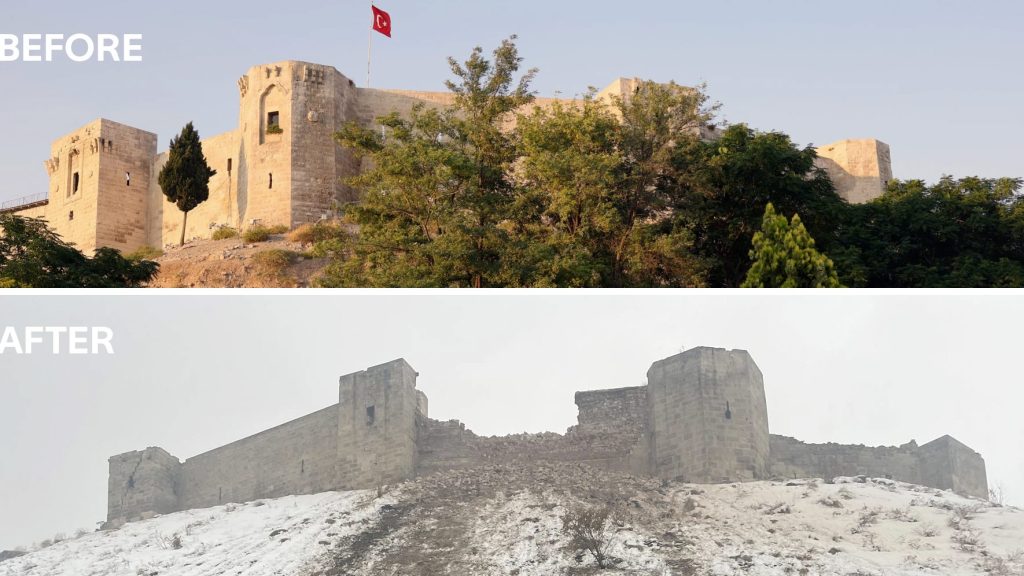
Oxfam is a British-founded confederation of 21 independent charitable organizations focusing on global poverty alleviation and providing relief services during various global crises.
UOSSM is a humanitarian non-governmental organization that provides healthcare in rebel-held areas of North West Syria.
ShareTheMeal is a crowdfunding smartphone application to fight global hunger through the United Nations World Food Programme (WFP). It enables users to make small donations to specific WFP projects and to track their progress.
AHBAP provides all kinds of assistance to people in need and works in fields such as disaster coordination and relief. Also, here is AHBAP’s MASAK wallet key.
Turkish Philanthropy Funds (TPF) encourages the aspirations of individuals, families, and companies that want their philanthropy to make a lasting impact.
The Disaster and Emergency Management Presidency (AFAD) takes necessary measures for effective emergency management and civil protection nationwide in Turkey.
MASAK ile görüşme yapıldı.
— Haluk Levent (@haluklevent) February 7, 2023
Sağ olsunlar
Bu yayınlayacağım hesap 1 hafta sonra kapanacak ne toplandıysa her saniye sizler görebileceksiniz
Makbuzu paylaşacağım
Herkes buraya stabil coin göndererek bağış yapabilir.
*BEP20 Cüzdan Adresi:*
0xB67705398fEd380a1CE02e77095fed64f8aCe463
Post-Disaster Architecture
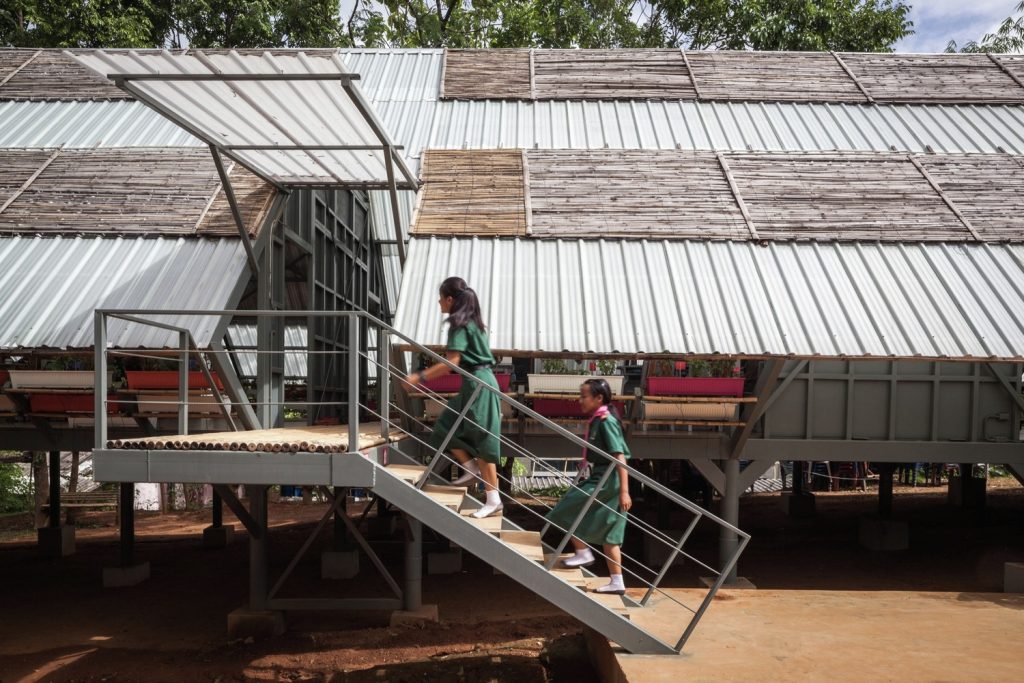
Post-disaster architecture refers to the design and construction of structures as well as communities to aid in the recovery and rebuilding efforts following a disaster. This might encompass both temporary and permanent constructions, as well as the restoration and repair of existing structures.
The purpose of post-disaster architecture is to help the afflicted community recover from the tragedy as swiftly and effectively as feasible. This can involve urgent emergency shelter and support, as well as long-term housing, community rebuilding, and risk mitigation requirements.
Community resilience, catastrophe preparedness, environmental sustainability, cultural sensitivity, and the need to incorporate new technology and building materials are all significant elements to consider in post-disaster architecture.
The practice of post-disaster architecture involves collaboration between architects, engineers, construction professionals, community leaders, and disaster response organizations to ensure that the needs of the affected community are met and that recovery efforts are as effective and efficient as possible.
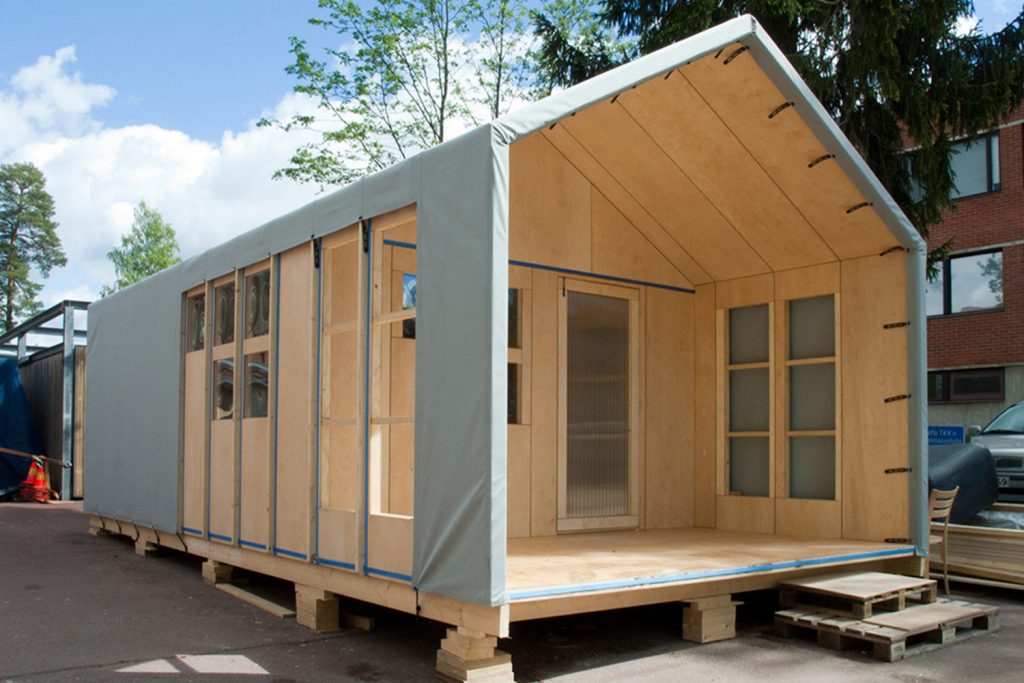
Tents and prefabricated houses are typically used as temporary shelters to provide quick refuge for individuals affected by the earthquake. These constructions must be safe, long-lasting, and portable, as well as have basic amenities like ventilation and lighting.
Long-term post-disaster architecture in earthquake-prone locations focuses on the building of permanent structures that are safe, sustainable, and resilient to future earthquakes. This includes employing seismic-resistant design approaches such as foundation isolation, energy dissipation systems, and reinforced concrete frames to assist reduce damage and the danger of collapse during an earthquake.
The goal of post-disaster architecture in earthquake-prone areas is to help the affected community recover from the disaster as quickly and effectively as possible and to build a more resilient and sustainable future for the community.
Earthquake-proof buildings in Japan
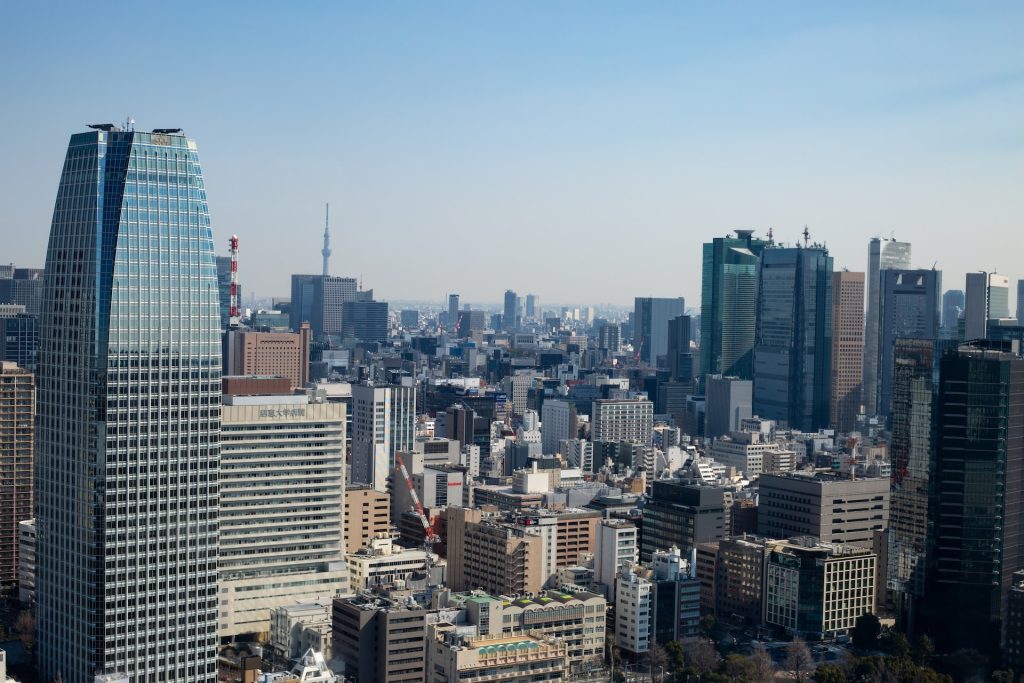
Earthquakes have always been a problem in Japan. On March 11, 2011, Japan witnessed the biggest earthquake in recorded history, and the tsunami and earthquake displaced almost 450,000 people. Furthermore, Japan is known for its advanced technology and engineering, and the country has developed a number of methods that make its buildings and infrastructure more earthquake resistant.
Japan’s combination of strict building codes, innovative technologies, public awareness, and education, early warning systems, and post-disaster response make it a leader in earthquake preparedness and response. Here are a few ways in which Japan excels in earthquake preparedness and construction:
- Japan has some of the world’s strictest building rules, which require structures to be designed and built to withstand earthquakes. To guarantee that structures are safe and secure, these standards take into account the kind of soil, the frequency of earthquakes, and other seismic elements.
- Japan has made significant investments in the development of novel technologies that make buildings more earthquake-resistant. This comprises seismic isolation systems, base isolation systems, and energy dissipation systems, all of which help to mitigate the effects of earthquakes on structures.
- Earthquake preparedness is a key component of public education and awareness initiatives in Japan. The country has put in place extensive earthquake drill programs and offers training to individuals and businesses to help them prepare for earthquakes.
- Japan has one of the most advanced earthquake early warning systems in the world. This system detects earthquakes and warns the public using a network of seismographs and accelerometers, allowing individuals to take proper precautions.
- Japan has vast experience with earthquake reactions and has built a well-coordinated and effective post-disaster response system. Emergency responders, evacuation strategies, and a well-developed infrastructure for supplying crucial services to affected populations are all part of this.
Post-earthquake temporary structures
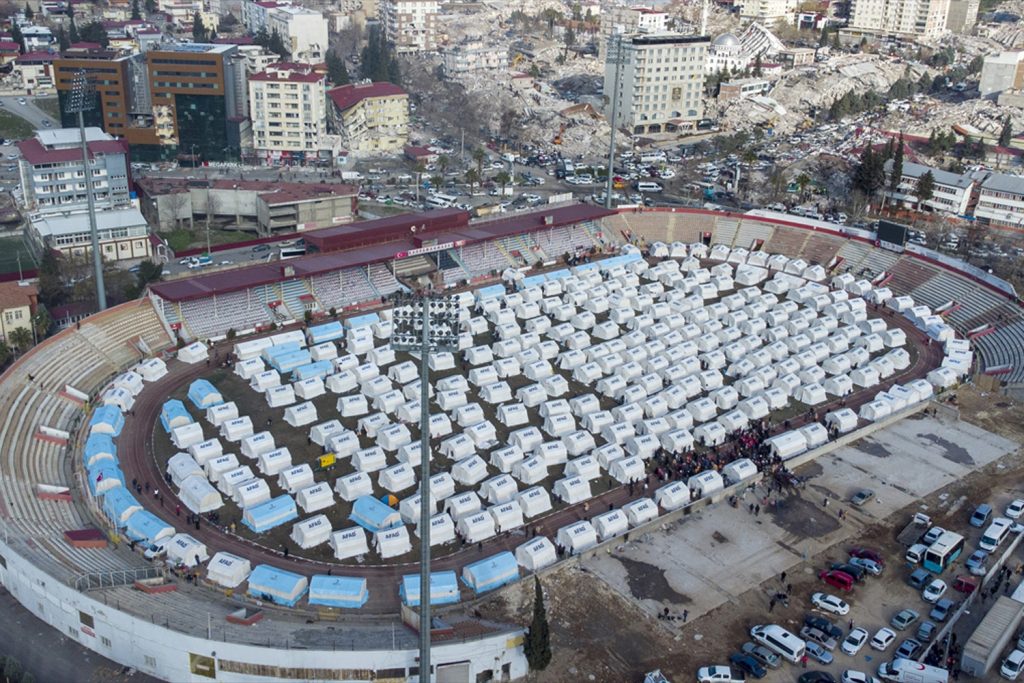
Temporary structures are often needed to provide immediate shelter and support to communities. Some common post-earthquake temporary structure ideas include:
Tents: Tents are a quick and easy way to provide shelter and can be set up quickly in large numbers. They can be equipped with basic amenities, such as lighting and heating, to provide a comfortable and safe environment for people.
Container homes: Shipping containers can be easily repurposed as temporary housing units. They can be modified with windows, doors, insulation, and other features to provide a comfortable and secure living space.
Mobile homes: Mobile homes can be transported to the disaster site and quickly set up to provide temporary housing. They typically come equipped with all the necessary amenities, such as bathrooms, kitchens, and sleeping quarters.
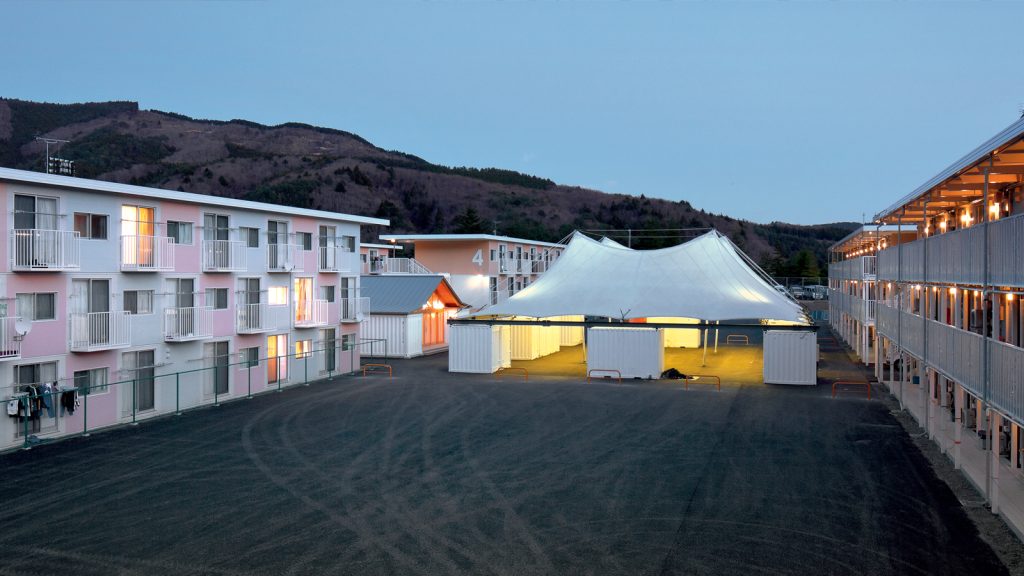
Prefabricated structures: Prefabricated structures, such as modular homes, can be quickly assembled on-site to provide temporary housing. They are typically made from lightweight materials, such as metal and plastic, which makes them easy to transport and set up.
Emergency shelters: Emergency shelters can be set up in a variety of locations, such as schools, community centers, and sports stadiums, to provide temporary housing for people. They can be equipped with basic amenities, such as toilets, showers, and kitchens, to meet the needs of people displaced by the earthquake.
Community facilities: Temporary community facilities, such as schools and healthcare centers, can be set up to provide essential services to people in the aftermath of earthquakes. These structures can be made from a variety of materials, such as tents, prefabricated structures, and shipping containers, to meet the needs of the community.
Also, 3D printing technology has the potential to offer a solution for post-earthquake housing, by offering several benefits such as speed, customization, sustainability, and cost-effectiveness. 3D printing can construct a house in a matter of days or even hours, compared to traditional methods which can take weeks or months. It allows for precise and intricate designs, making it possible to build homes tailored to specific needs and preferences. Additionally, 3D printing can reduce waste during the construction process and help reduce the carbon footprint of building a home.
However, 3D printing technology is still in its early stages and there are several challenges that need to be addressed before it can become a widespread solution for post-earthquake housing. For example, there are limited types of materials that can be used for 3D printing homes, and it is unclear whether they will be able to withstand natural disasters such as earthquakes. Additionally, 3D printing homes can be expensive and may not be accessible to everyone.



